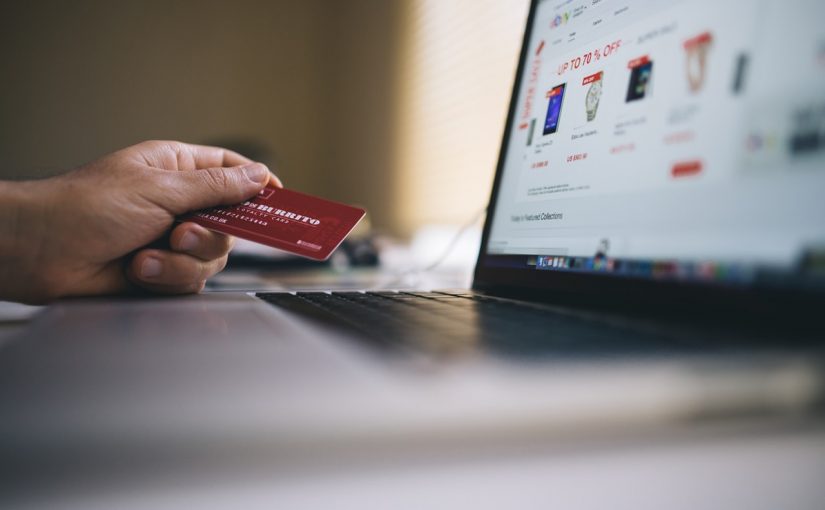Let us face it, there is every reason on earth to shop online. The deals are there. The choices are there. The purchasing is secure. Delivery is fast. Shopping has never been simpler or more convenient for customers.
But what about those who wait for the perfect opportunity to strike? IID’s Third Quarter eCrime Report for 2011 suggests that utilization of phishing attacks (where burglars try to swindle you from your sign-in credentials as well as credit card information by pretending to become a trusted site, or perhaps an internet lender) is down. That is good news, except precisely the exact same report states websites with malware (malicious code aimed at sabotaging your privacy) has risen by 89 percent since the second quarter.
Stay calm. While somewhat jagged, these stats must not keep you from purchasing online. You merely require some frequent sense and practical guidance. Follow these basic principles and you’ll be able to shop online with confidence. Here are 5 tips for staying safe online, which means that you may begin checking items off on this holiday shopping list.
- Use Familiar Websites
Start with a trustworthy website as opposed to buying from a general internet search engine. Search results could be deciphered to lead you astray, particularly once you drift past the first couple of pages of hyperlinks. If you understand the website, odds are it is not as likely to become a rip-off. Most of us know Amazon.com and that it conveys all under the sun; similarly, pretty much every significant retail outlet has an online shop, from Target to Kmart). Beware of misspellings or websites with a various top-level domain (.net instead of .Com, for instance), these are the oldest tricks in the book. Yes, the prices on such websites might seem appealing, but that is the way they fool you into giving up your own info.
- Start Looking for the Lock
Never ever, ever purchase anything online with your credit card through a website that does not have SSL (secure sockets layer) encryption installed, in the very least. You will know whether the site has SSL since the URL for your website will begin with HTTPS:// (instead of merely HTTP://). An icon of a locked padlock will appear, normally from the status bar in the bottom of your internet browser, or directly next to the URL from the address bar. It is dependent upon your browser. Never, ever give anyone your credit card over email. Ever. Consider cloud computing security if you have saved passwords for sites you frequently shop on as an added measure of security.
No internet shopping store want your own birthday information to conduct business. But if crooks get them, together with your credit card amount for purchases, then they’re able to do a great deal of harm. The more they understand, the easier it is to steal your identity. When you can, default to providing the smallest amount of info.
- Assess Statements
Do not await your invoice to come at the close of the month. Go online frequently during the holiday season and look at digital statements for your credit card, debit card, and savings account. Ensure that you don’t observe any fraudulent fees, even originating from sites like PayPal. (In the end, there is more than one way for your money to go missing.)
Should you see something wrong, pick up the telephone to deal with the issue quickly. In the case of credit cards, then pay the invoice just when you know all of your fees are accurate. You’ve got 30 days to inform the bank or card issuer of issues, however; then, you may be responsible for the fees anyway.
- Inoculate Your Own PC
Swindlers do not simply sit around waiting for one to give them information; occasionally they give you a little something extra to help matters move along a little faster. You have to protect against malware using routine updates to your antivirus application. PCMag urges Webroot SecureAnywhere Antivirus, which includes extras to help combat ID theft, or in the very least the free Ad-Aware Free Internet Security 9.0. If you are unsure or stuck on how to go about securing your computer consider going attending a firm specialising in it consulting in Melbourne.


